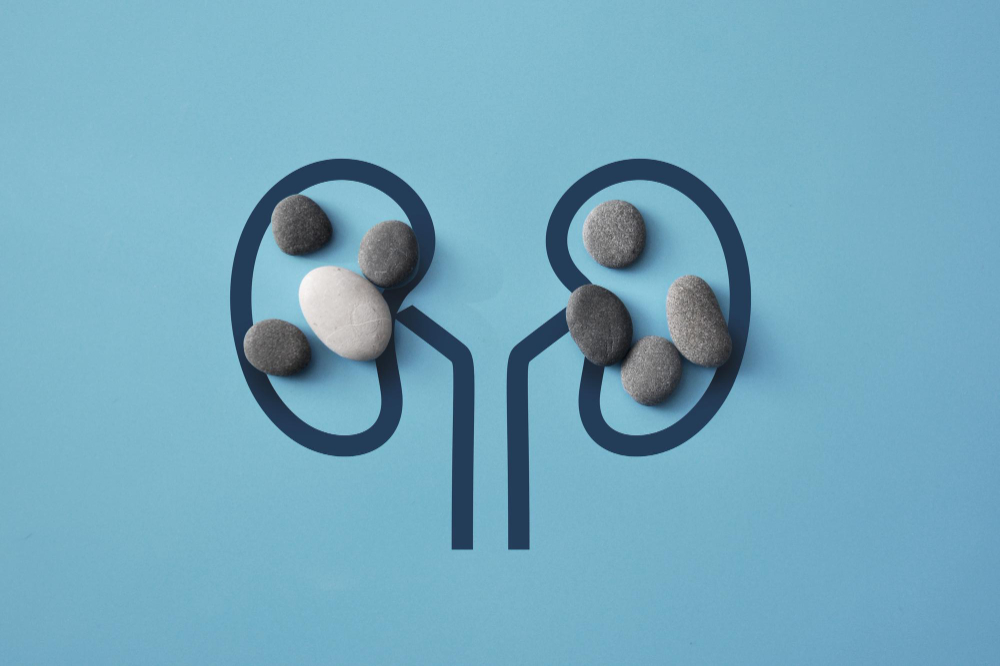What is PCNL?
PCNL stands for Percutaneous Nephrolithotomy. It is a medical procedure used to remove large or hard kidney stones. Doctors often choose PCNL when other treatments, like shock wave therapy, do not work. This urology procedure is less invasive than open surgery. As a result, many people recover faster. PCNL is now a common choice for kidney stone removal in many hospitals.
Common Symptoms and Reasons for PCNL
Kidney stones can cause pain and other problems. Sometimes, these stones are too big or stuck. In such cases, PCNL may be needed. Common symptoms that may lead to PCNL include:
Doctors may suggest PCNL if:
According to the CDC, kidney stones affect about 1 in 11 people in the United States. Therefore, PCNL is an important option for many patients.
How PCNL is Performed
PCNL is done in a hospital, usually under general anesthesia. First, the doctor makes a small cut in your back. Then, a thin tube is passed through the skin into the kidney. Using special tools, the doctor breaks up the stone and removes the pieces. Sometimes, an X-ray or ultrasound helps guide the doctor. The whole procedure usually takes one to three hours. Afterward, a small tube may stay in the kidney to help drain urine for a short time.
Benefits and Risks of PCNL
PCNL offers several benefits for kidney stone removal. For example, it can remove large stones in one session. Also, the recovery time is shorter than with open surgery. Other benefits include:
However, like all medical procedures, PCNL has some risks. These may include:
Most people recover well, but it is important to follow your doctor’s advice.
Recovery Process and Aftercare Tips
After PCNL, you may stay in the hospital for one to two days. During this time, doctors will watch for any problems. Once you go home, you should:
Most people can return to normal activities within two to three weeks. However, everyone heals at their own pace. If you have pain or other concerns, contact your healthcare provider right away.
Prevention of Kidney Stones After PCNL
Even after PCNL, kidney stones can return. Therefore, it is important to take steps to prevent new stones. Here are some helpful tips:
For some people, special tests may help find the cause of stones. Your doctor can suggest the best plan for you.
Conclusion
PCNL is a safe and effective way to remove large kidney stones. It offers many benefits and helps people return to normal life quickly. However, every person is different. For the best advice and personalized care, consult the urologist at Soul Healthcare. We’ll guide you through the PCNL procedure and ensure you stay on the path to better health.

